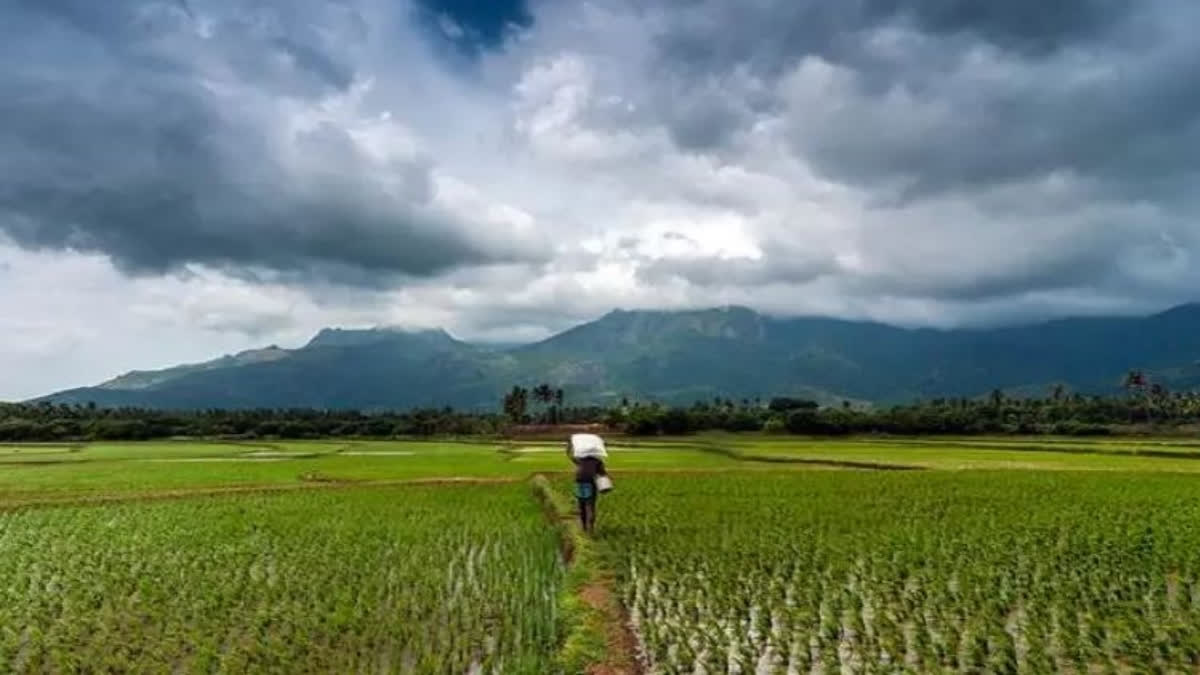India is an agriculture-oriented country despite the rapid progress in services and information technology sectors in the last two decades as the majority of Indians are still dependent on farming for their livelihood. It is equally true that the Indian agriculture sector has been traditionally dependent on the southwest monsoon that lashes the country from June to September every year. However, data shows that the dependence of the Indian farming sector on the monsoon rain has come down over the years as the area under irrigation has increased significantly in the last 25 years.
In other words, the vulnerability of Indian farmers to the monsoon shock or droughts has come down significantly over the years. This is crucial as per the forecasts made by the country’s weather agency, this year monsoon rains are expected to be 4 percent more deficient than their long-period average. According to the official data analysed by a Fitch Group sovereign rating agency, the resilience of Indian agriculture towards adverse weather shocks (deficient rainfall) has undoubtedly increased over the years, owing to increased irrigation intensity.
This is to say that the gross irrigated area, where farmers are no longer dependent only on monsoon rains, has increased considerably as a percentage of the gross cropped area. However, the ability of the sector to absorb the shock varies across states and is linked to the overall area under irrigation. So what is the irrigated area versus the rain-dependent cropped area? At the all-India level, the area under irrigation was 54.32 percent in FY 2018-2019 which was just 41.7 percent in FY 1996-97.
As a result, the correlation between the Kharif foodgrain output and monsoon rains (June-September) was 0.4 over FY 2012-13 to FY 2020-21 period compared with 0.6 during FY 1996-97 to FY 2003-04 period and 0.8 during FY 2005 to FY 2011-12 period. However, the correlation varies across regions with both - the area sown and the food grain output.
According to the data, the region-wise correlation for the entire period during FY 196-97 to FY 2020-21 or any truncated period in between suggests that south peninsular India is more vulnerable to a shortfall in monsoon rains than any other region in terms of both – the area sown and the food grain output. Interestingly, central India, which was more vulnerable during FY 2004-05 to FY 2011-12 period, became less susceptible to monsoon rainfall after that.
According to experts, one of the probable reasons could be the expansion of irrigated areas in this region. While the irrigated area in Madhya Pradesh increased to 61.6 percent in FY 2018-19 from 40.1 percent in FY 2004-05. During the same period, the irrigated area increased to 33.0 percent in Rajasthan from 23.4 percent. Similarly, for Gujarat, the irrigated area increased from 33 percent to 51 percent.
Heavy rainfall causes crop loss
The negative correlation between monsoon rainfall and Kharif acreage and output shows the adverse impact of heavy rainfall, which often leads to floods and the destruction of crops. While this situation could arise in any part of the country, it was more visible in North East India with respect to the output during FY 1996-97 to FY 2003-04 period, and in Central India with respect to the area during FY 2012-13 to FY 2020-21.
According to an analysis carried out by the rating agency, another factor that has weakened the adverse impact of the deficient monsoon on India’s agriculture is the increase in the Rabi crop output. Historically, agriculture production used to be higher in the Kharif season than in the Rabi season. However, Rabi food grain output and production over the past several years has been mostly either at par or higher than kharif production in the last four years (2018-22).



